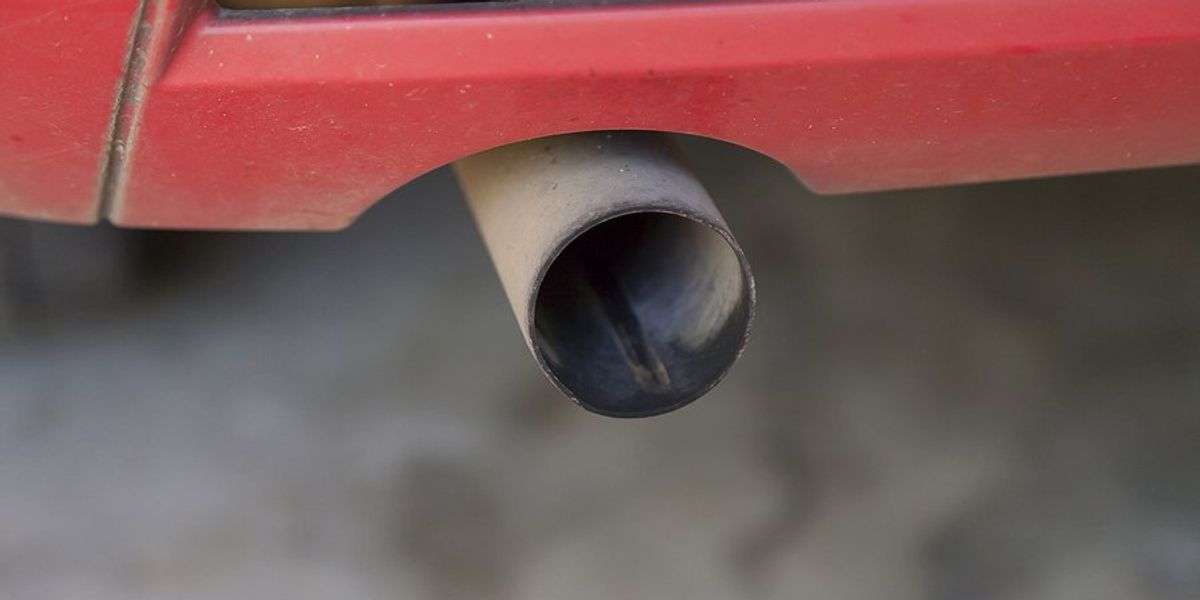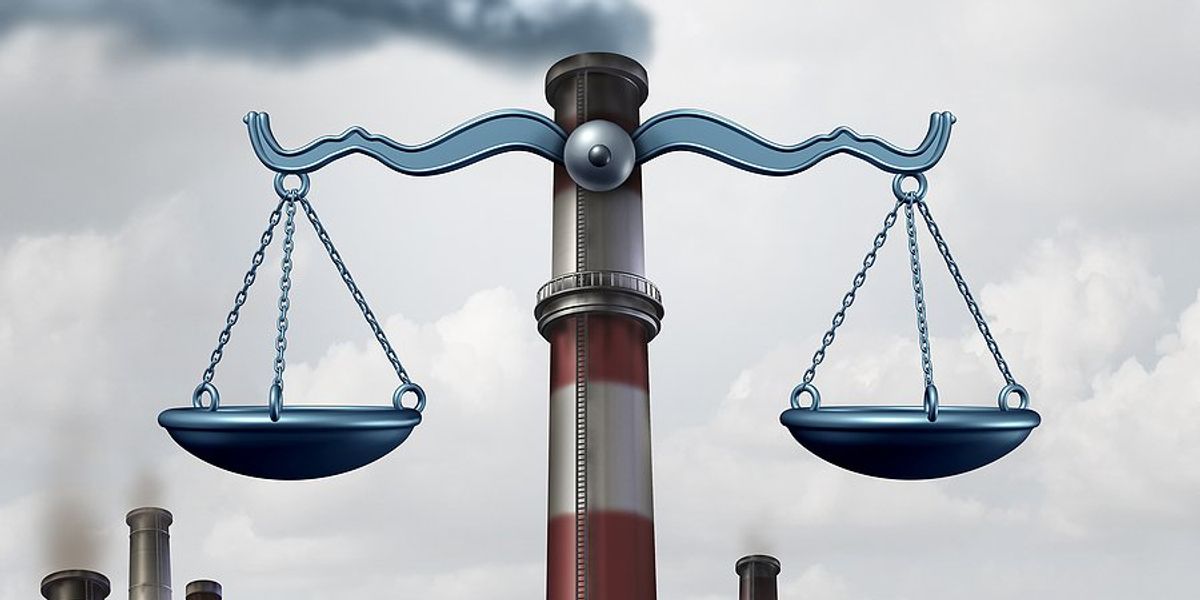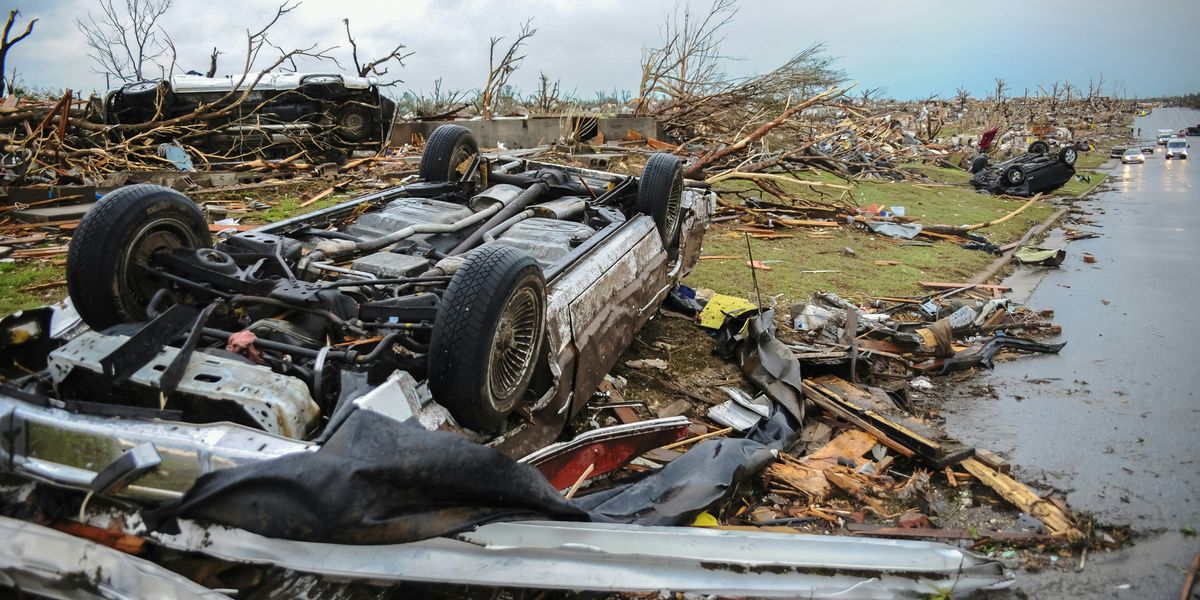
Offshore oil platforms release toxic pollution into oceans and the air, new global study finds
A new satellite-based investigation has revealed the world's most polluting offshore oil and gas facilities, exposing chronic oil leaks and greenhouse gas emissions previously invisible to the public.
Rob Hutchins reports for Oceanographic.
In short:
- A 16-month global study by SkyTruth has identified the offshore oil sites releasing the most persistent oil slicks and greenhouse gases, many of which had gone undetected until now.
- Nigeria hosts five of the ten most polluting floating production and storage vessels, with additional top polluters located in the UK, Norway, Angola, the UAE, Iran, and Mexico.
- In 2023 alone, offshore operations flared over 23 billion cubic meters of gas and generated nearly 70 million metric tonnes of CO₂, including emissions from ship traffic.
Key quote:
“Despite the urgent climate crisis, offshore oil production continues to expand globally, often with little public scrutiny.”
— Christian Thomas, Geospatial Engineer at SkyTruth and report co-author
Why this matters:
Offshore oil and gas platforms are among the least monitored yet most environmentally damaging pieces of fossil fuel infrastructure. While attention often focuses on spills like Deepwater Horizon, this new research shows that chronic, lower-profile leaks and emissions may pose just as great a threat — especially in sensitive marine areas. Floating production and storage vessels, increasingly used to access deepwater reserves, are causing repeated pollution in the same regions, creating long-term harm to marine life and local fishing economies. These emissions also contribute significantly to climate change, with carbon footprints exceeding those of entire nations. Until recently, such impacts were obscured from the public eye due to the remote nature of these facilities. But new satellite tools and open-source analysis are breaking that silence.
Related EHN coverage: Unplugged: Abandoned oil and gas wells leave the ocean floor spewing methane













